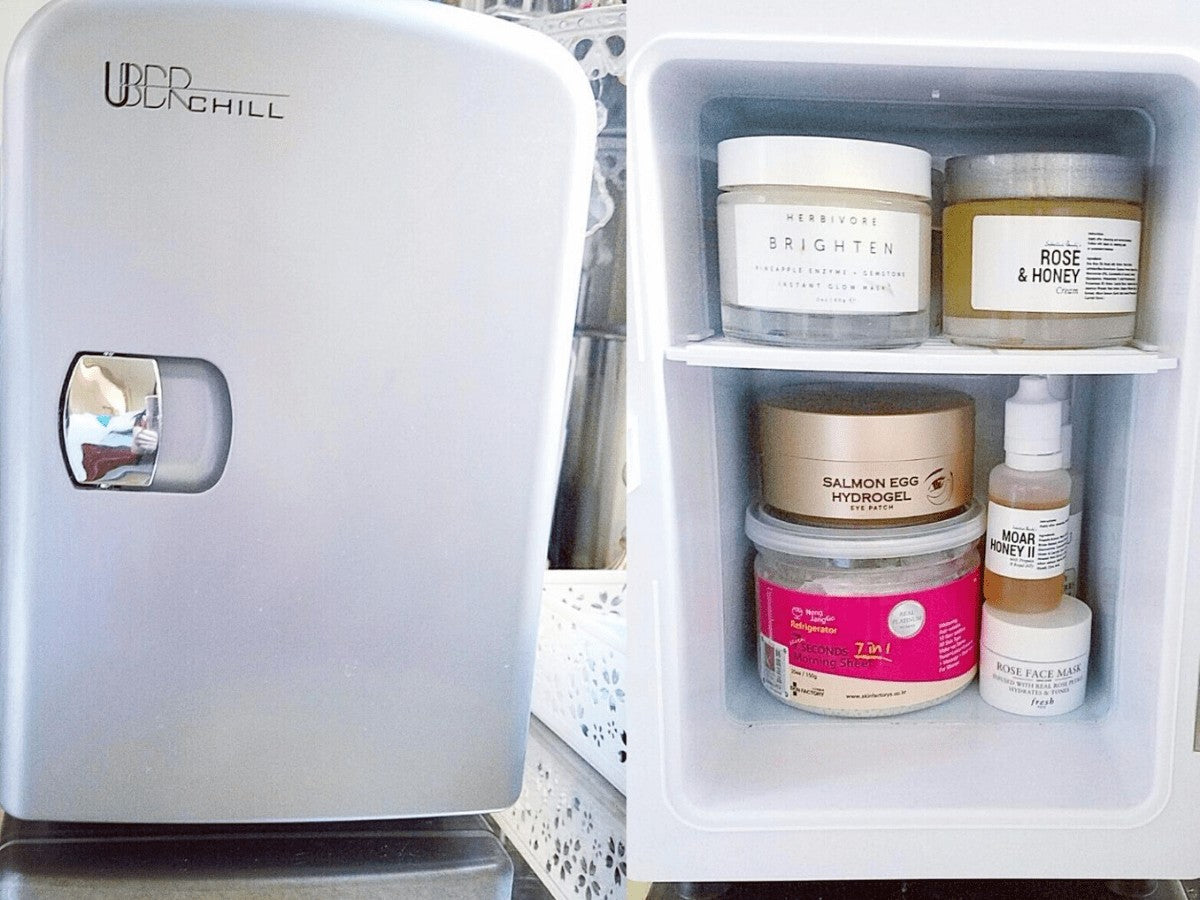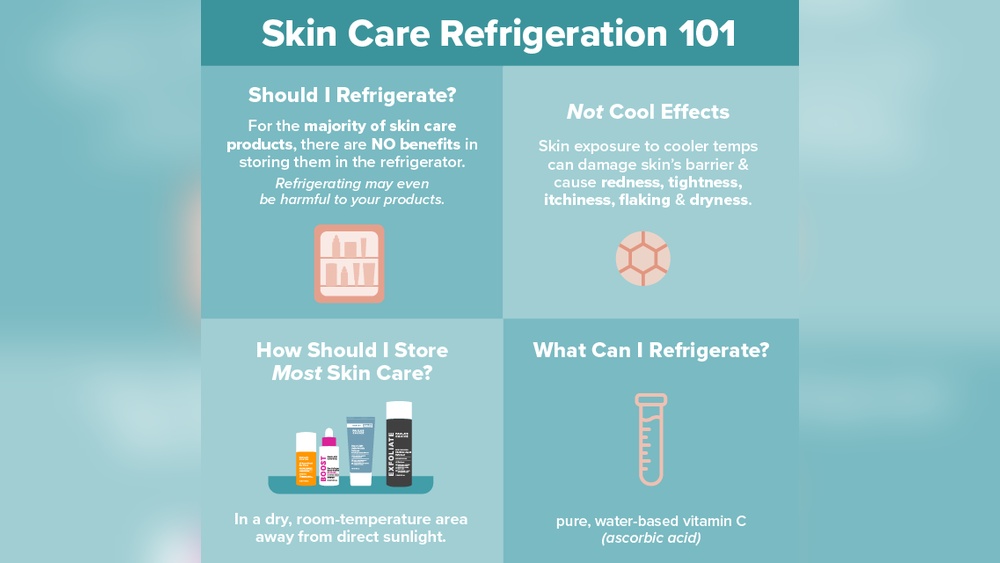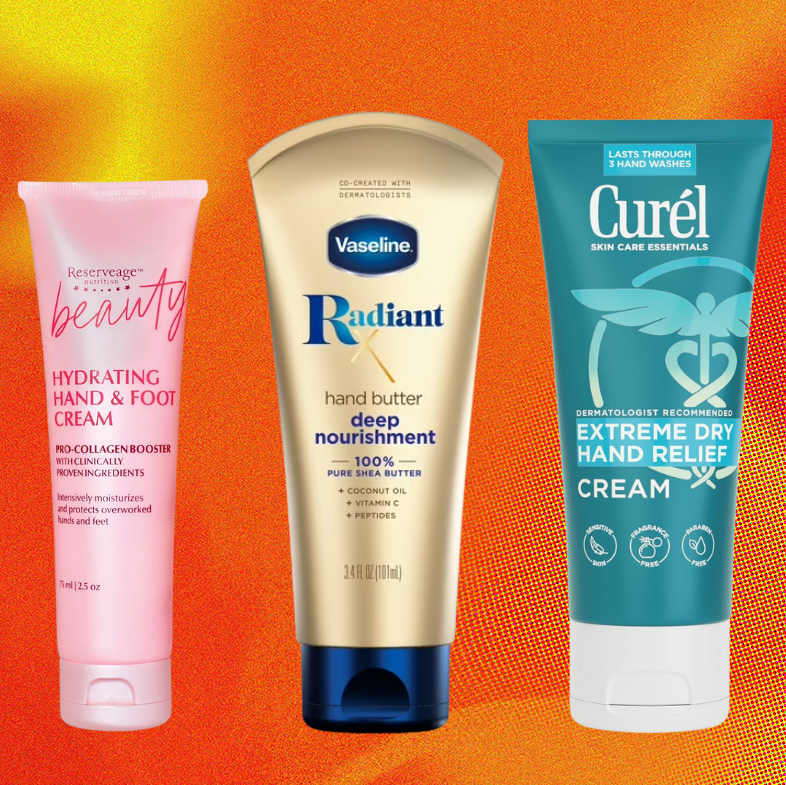Have you ever wondered if your face creams work better when kept in the fridge? You might be surprised to learn that where you store your skincare can make a big difference.
Imagine waking up to a soothing, cool cream that not only feels refreshing but also helps your skin stay healthy longer. But is refrigerating your face creams really necessary, or could it even harm them? Keep reading, because understanding this simple step could transform your skincare routine and give your skin the care it truly deserves.

Credit: www.cutislaserclinics.com
Why Storage Matters
Proper storage of face creams affects their quality and safety. The right conditions keep ingredients stable and effective. Poor storage can change texture and reduce benefits. Understanding how temperature impacts creams helps you protect your skincare investment.
Effects Of Temperature On Ingredients
Heat can break down active ingredients in creams. Ingredients like vitamins and antioxidants lose power when warm. Cold temperatures can thicken creams and make them hard to apply. Sudden temperature changes may cause ingredients to separate or spoil. Keeping creams at a steady, cool temperature helps maintain their quality.
Common Face Cream Formulations
Face creams come in many forms: gels, lotions, and emulsions. Each type reacts differently to temperature changes. Water-based creams may spoil faster in heat. Oil-based creams can separate if too cold. Knowing your cream’s formulation guides proper storage choices.
Shelf Life And Potency
Face creams have a limited shelf life. Exposure to heat or light shortens this time. Potency drops when creams are stored improperly. Refrigerating creams can extend their life by slowing ingredient breakdown. Always check expiration dates and storage instructions on the label.
Benefits Of Refrigerating Face Creams
Refrigerating face creams can offer several benefits for your skincare routine. Keeping creams cool helps maintain their quality and effectiveness. It also adds a refreshing touch to your daily skincare.
Extended Freshness
Cold temperatures slow down the breakdown of ingredients. This helps your face cream stay fresh longer. You avoid wasting product due to spoilage. Your cream keeps its texture and smell better over time.
Soothing Cooling Sensation
Applying cold cream calms irritated skin quickly. It reduces redness and puffiness on the face. The cool feeling refreshes tired skin and feels pleasant. It is especially nice during hot weather or after sun exposure.
Reduced Bacterial Growth
Lower temperatures slow down bacteria growth in your cream. This keeps the product safer for your skin. It reduces the risk of breakouts or infections. Your cream stays cleaner and healthier to use every day.
When Refrigeration Might Not Help
Refrigerating face creams seems like a good idea for keeping them fresh. Yet, not all creams benefit from cold storage. Some types of creams do not improve or may even change texture when chilled. Understanding which creams should not be refrigerated helps in better skincare.
Creams With Preservatives
Many face creams contain preservatives to stop bacteria growth. These preservatives keep the cream stable at room temperature. Storing such creams in the fridge might not improve their shelf life. It can also make the texture thicker or grainy. Most preservative-rich creams are fine on a bathroom shelf.
Oil-based Vs Water-based Products
Oil-based creams react differently to cold than water-based ones. Oils can thicken or separate when chilled. Water-based creams may become too hard or lose smoothness in the fridge. Knowing your cream’s base helps decide if refrigeration is good or bad. Many oil-heavy creams do better outside the refrigerator.
Packaging Considerations
Packaging affects how a cream reacts to temperature changes. Creams in glass jars may crack if chilled quickly. Plastic tubes or airless pumps protect better from cold damage. Some packaging is designed for room temperature storage only. Check the label or packaging instructions before refrigerating your cream.
Expert Tips For Proper Storage
Proper storage of face creams helps keep them fresh and effective. Experts suggest simple tips to protect your skincare products from damage. These tips prevent changes in texture, smell, and strength.
Ideal Temperature Range
Face creams stay best at cool, steady temperatures. A range between 15°C and 25°C (59°F to 77°F) is ideal. Avoid places that get very hot or cold, like near heaters or windows. Extreme heat can break down ingredients. Cold can change the cream’s texture.
Avoiding Moisture Contamination
Moisture can harm face creams and cause bacteria growth. Always close the lid tightly after use. Use clean hands or a spatula to take the cream out. Avoid dipping fingers directly into jars. Keep creams away from humid places like bathrooms.
Best Practices For Travel
Traveling may expose creams to heat and pressure changes. Use small, airtight containers for travel creams. Keep them in a cool, shaded part of your bag. Avoid leaving creams in cars or direct sunlight. Pack creams in sealed plastic bags to prevent leaks.
Signs Your Face Cream Has Gone Bad
Knowing when your face cream has gone bad helps protect your skin. Expired creams can cause irritation or breakouts. Spotting the signs early keeps your skincare safe and effective. Here are common changes to watch for in your face cream.
Changes In Smell And Texture
Fresh face cream usually has a mild, pleasant scent. A sour or strange smell means it may be spoiled. Texture changes are also a warning. If the cream feels grainy, watery, or separated, it is likely past its prime.
Color Alterations
Face cream color should stay consistent. Darkening or unusual discoloration shows the product is breaking down. Avoid creams with yellowing or spots that look different from when you first bought them.
Reduced Effectiveness
Old face creams lose their power to hydrate and protect. Your skin might feel dry or irritated after use. If the cream no longer works as before, it is time to replace it.

Credit: www.cutislaserclinics.com
Alternatives To Refrigeration
Not everyone has space in their fridge for face creams. Some creams do not need chilling to stay fresh. There are simple ways to keep your creams effective without refrigeration. These methods protect your skincare and help it last longer.
Cool, Dark Cabinets
Store your face creams in a cool, dark cabinet. Heat and light can break down ingredients fast. A cabinet away from sunlight helps keep creams stable. Avoid places near heaters or windows. This reduces the risk of spoiling.
Using Air-tight Containers
Choose containers that close tightly. Air can cause creams to dry out or lose power. Air-tight jars or bottles keep moisture and germs away. This also stops creams from absorbing room odors. Clean containers before refilling to avoid contamination.
Regular Product Rotation
Use your creams regularly and avoid stockpiling. Old creams may lose their benefits or cause irritation. Check expiry dates and finish products on time. This ensures you always apply fresh and safe skincare. Rotate products to use the oldest first.

Credit: www.uberappliance.com
Frequently Asked Questions
Should You Refrigerate All Types Of Face Creams?
No, not all face creams need refrigeration. Only natural or preservative-free creams benefit from cooling. Refrigeration helps extend shelf life and maintains freshness for these types.
How Does Refrigeration Affect Face Cream Effectiveness?
Refrigeration slows down ingredient degradation and prevents bacterial growth. This keeps active ingredients stable and enhances the cream’s effectiveness for a longer time.
Can Refrigerating Face Cream Cause Texture Changes?
Yes, some creams may thicken or harden in the fridge. Allow the cream to warm to room temperature before use for easy application.
Is It Safe To Store Face Creams In The Fridge?
Yes, storing face creams in the fridge is safe. It helps preserve natural ingredients and prevents spoilage, especially in hot climates or during summer.
Conclusion
Refrigerating face creams can help keep them fresh longer. Some creams need cooler temperatures to stay effective. Others do fine at room temperature. Always check the product label for storage advice. Store creams away from heat and sunlight. This helps protect their ingredients and texture.
Remember, clean hands prevent contamination. Choose what works best for your skin and routine. Small steps keep your skin healthy and glowing.




